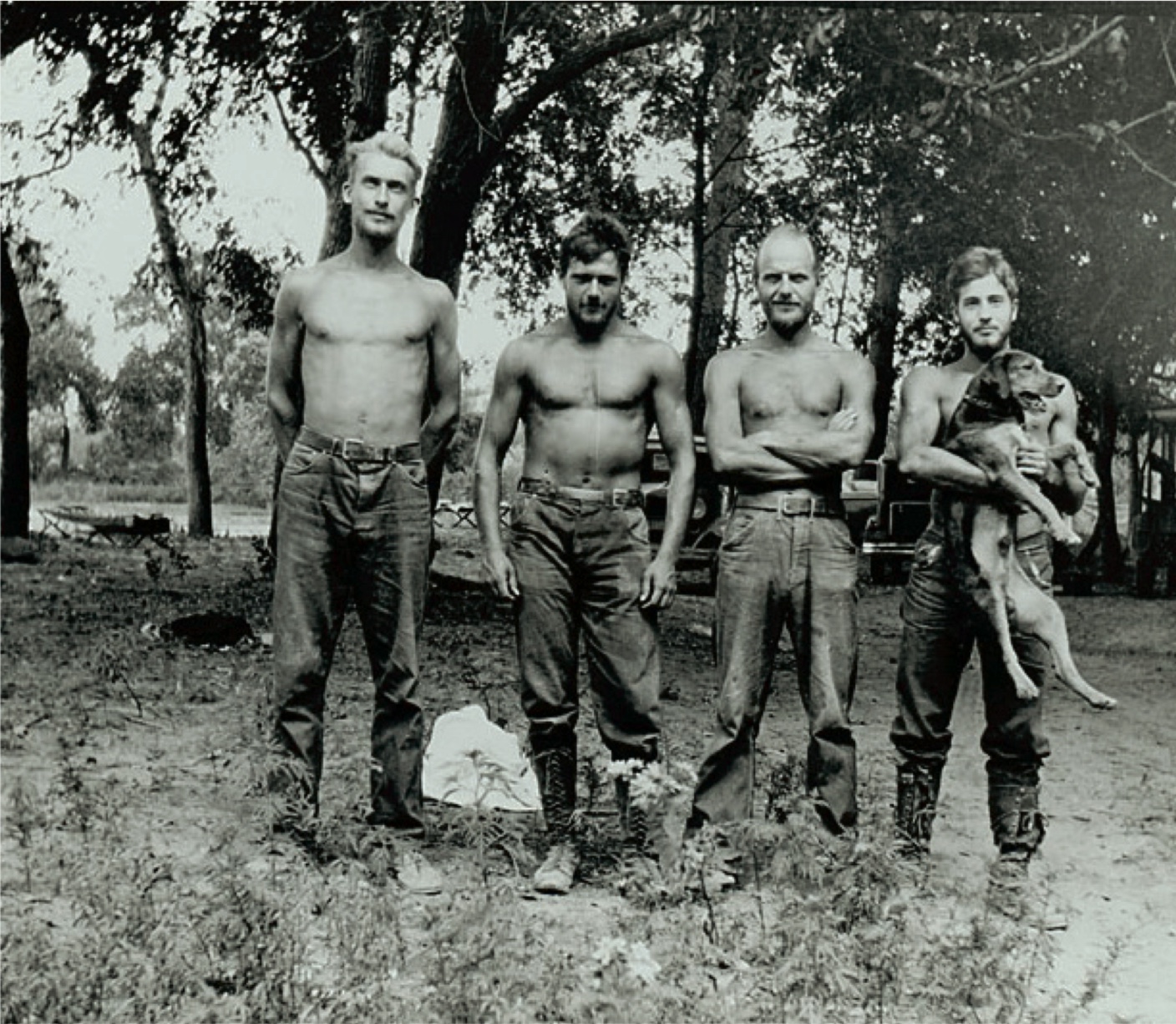By accident and design, Kansans have found many proofs of the early Native American people who inhabited this area in centuries past.
According to a 2012 publication by the Kansas Historical Society, one of the first to find signs of ancient peoples in this area was J.R. Mead, who opened a trading post between the Arkansas and Little Arkansas Rivers in 1864, six years before Wichita was founded. While plowing near Chisholm Creek, Mead found pottery, arrow points, axes and other tools scattered over at least 80 acres. Mead also saw mounds and artifacts uncovered by plowing along the Walnut and Whitewater rivers in Butler County. He believed the confluence of those rivers in present-day Augusta must have been densely populated in prehistoric times.
In 1879, A.R. Reinsch (sometimes spelled Reinch) excavated two mounds on the Walnut River in Cowley County, sending details to the Smithsonian Institution in Washington. The same year, Marion County resident Edwin Curtiss excavated mounds and rock cairns for the Peabody Museum at Harvard.
Between 1881 and 1886, John August Udden, an instructor at Bethel College in Lindsborg, explored 15 mounds along Paint Creek near that town, finding pipes, pottery and tools. Udden also found chain mail armor and two glass beads, concluding that the site had been visited by the Francisco Coronado expedition in 1541. Although not a trained archaeologist, his work was the first in the area to be scientifically described, and his book, “An Old Indian Village,” is considered a classic.
The late 1890s saw numerous amateurs excavating mounds along the Walnut River near Arkansas City, finding charcoal, pottery, tools and animal bones. A group of men even formed a company to exploit the finds. However, their collection perished in a fire.
A Southwestern College graduate, Charles N. Gould, discovered two aboriginal flint quarries in southeastern Cowley County, identifying them as the source of ancient tools near Arkansas City.
The search for the location of Quivira, the native American nation visited by Francisco Coronado in 1541, was started in earnest by a Minnesota geologist and archeologist, Jacob V. Brower, in the 1890s. Brower erroneously concluded the site was in Geary County in north central Kansas, but his efforts led to the discovery of many artifacts and other sites.
It’s now believed that Coronado
probably visited Rice and McPherson counties, an area roughly between the Arkansas and Smoky Hill rivers. In 1927, in a plowed field near Lyons, a horse stepped on an ancient pot in a plowed field that turned out to be full of artifacts. Paul Jones, editor of the local newspaper, publicized the find and wrote a book called “Quivira” in which he linked the site both to Coronado and the ancestors of the Wichita tribe.
Probably the best-known archaeologist to study the area was Waldo R. Wedel, a Newton native employed by the Smithsonian Institution. In 1940, Wedel focused his work on both the site of Quivira and the Arkansas City area.
In a 1942 interview with the Arkansas City Daily Traveler newspaper, Wedel said Coronado’s entrance into Quivira “probably took place in the Rice-McPherson county locality,” and that Juan de Ornate’s visit to Etzanoa 60 years later “possibly took place on the Walnut River near the present Arkansas City, Kansas.”
Wedel was known to be more cautious about his claims than some archaeologists. Writing about his 1940 expedition many years later, he said: “I am not arguing the infallibility of archaeology or archaeologists. I cheerfully concede that no matter how flowery the rhetoric or how snowy the beard, our pronouncements are based on possibly fallible interpretations of imperfect and incomplete data.”










